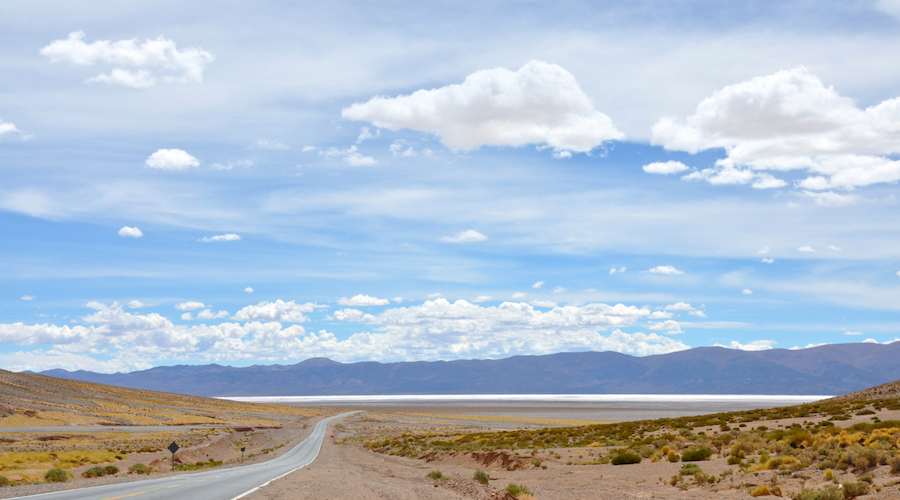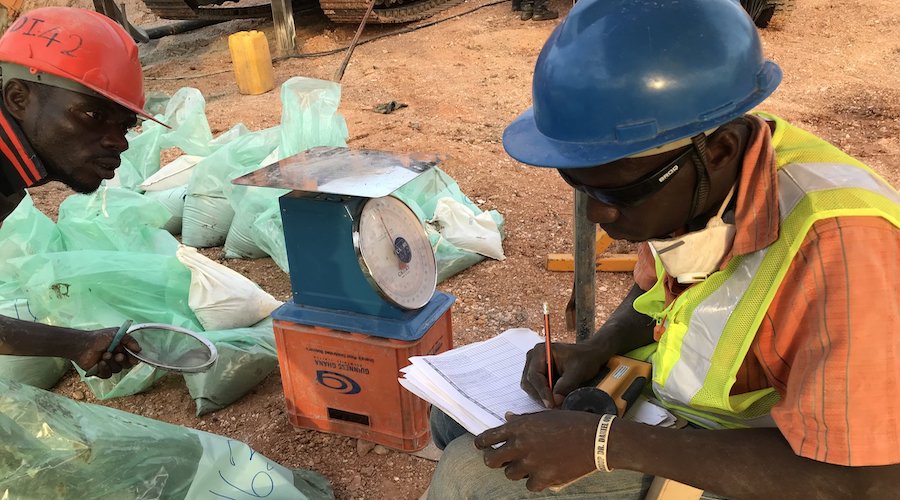A Deep Dive Into The World’s Leading Lithium Producers
- Australia, the leading producer, and Chile together contribute almost 77% of the world's lithium, extracted from hard rock mines and brine, respectively.
- While the United States was the largest producer of lithium in the 1990s, Australia and Chile have since taken over, with China securing a significant position by acquiring $5.6 billion worth of lithium assets globally.
- Due to the boom in battery and electric vehicle production, the global demand for lithium is set to skyrocket, with projections reaching over 3 million tonnes of Lithium Carbonate Equivalent (LCE) by 2030.
Lithium has become essential in recent years, primarily due to the boom in electric vehicles and other clean technologies that rely on lithium batteries.
The global lithium-ion battery market was valued at $52 billion in 2022 and is expected to reach $194 billion in 2030.
In the infographic below, using data from the United States Geological Survey Visual Capitalist's Bruno Venditti explores the world’s largest lithium producing countries.
Australia and Chile: Dominating Global Lithium Supply
Australia and Chile stand out as the top producers of lithium, accounting for almost 77% of the global production in 2022.
*U.S. production data was withheld to avoid disclosing proprietary company data
Australia, the world’s leading producer, extracts lithium directly from hard rock mines, specifically the mineral spodumene.
Chile, along with Argentina, China, and other top producers, extracts lithium from brine.
Hard rock provides greater flexibility as lithium hosted in spodumene can be processed into either lithium hydroxide or lithium carbonate. It also offers faster processing and higher quality as spodumene typically contains higher lithium content.
Extracting lithium from brine, on the other hand, offers the advantage of lower production costs and a smaller impact on the environment. The following visual from Benchmark Minerals helps break down the carbon impact of different types of lithium extraction.
With that said, brine extraction can also face challenges related to water availability and environmental impacts on local ecosystems.
Historical Shifts in the Lithium Supply Chain
In the 1990s, the United States held the title of the largest lithium producer, producing over one-third of the global production in 1995.
However, Chile eventually overtook the U.S., experiencing a production boom in the Salar de Atacama, one of the world’s richest lithium brine deposits. Since then, Australia’s lithium production has also skyrocketed, now accounting for 47% of the world’s lithium production.
China, the world’s third-largest producer, not only focuses on developing domestic mines but has also strategically acquired approximately $5.6 billion worth of lithium assets in countries like Chile, Canada, and Australia over the past decade.
Furthermore, China currently hosts nearly 60% of the world’s lithium refining capacity for batteries, underlining its dominant position in the lithium supply chain.
Meeting Lithium Demand: The Need for New Production
As the world increases its production of batteries and electric vehicles, the demand for lithium is projected to soar.
In 2021, global lithium carbonate equivalent (LCE) production sat at 540,000 tonnes.
By 2025, demand is expected to reach 1.5 million tonnes of LCE. By 2030, this number is estimated to exceed 3 million tonnes.
By Zerohedge.com
Bloomberg News | June 17, 2023 |

The Olaroz salt flat, in northwestern Argentina, hosts reserves estimated at 6.4 million tons of lithium carbonate. (Image by Butterfly austral, Wikimedia Commons.)
Argentina’s growing lithium industry hit a record high with exports rising to $60 million in May, up 17% from the same month a year ago, according to the country’s mining authority.

Lithium represented 19% of mining exports during May, Argentina’s mining secretariat said Saturday in a press release.
Argentina has become the world’s fastest-growing lithium producer. It has three active lithium mines and 38 under development. Argentina’s push into the industry comes amid a global tug-of-war for key EV minerals between the US and China.
Between January and May, lithium exports rose to $369m, up 84% from last year’s same period and also a record for those five months, according to the mining secretariat.
By February, Argentina’s lithium industry employed 3,788 people, up 59% from a year before by adding 1,406 posts, the Argentina secretariat said.
(Reporting by Andreina Itriago Acosta).
Bloomberg News | June 14, 2023

Image courtesy of Atlantic Lithium.
Ghana plans to process its first lithium locally to ensure it maximizes its revenue from the metal, a key component of electric vehicle batteries, Minister for Lands and Natural Resources Samuel Jinapor said.

“We will not export our green minerals in their raw form,” Jinapor said on the sidelines of the Bloomberg New Economy Gateway Africa forum in Morocco on Wednesday.
“At the very least, we must participate at some level of the value chain” even if producing EVs may not be realistic in the short term, he said.
Australian miner Atlantic Lithium expects to start production at Ghana’s first lithium mine in the second half of 2024, and the government is developing consistent policies on green minerals to attract investors, according to Jinapor.
Ghana mined 116 tons of gold in 2022, restoring it to its place as Africa’s top producer, and new investments may make that lead “unassailable,” he said.
(By Aisha S Gani and Janice Kew)



No comments:
Post a Comment